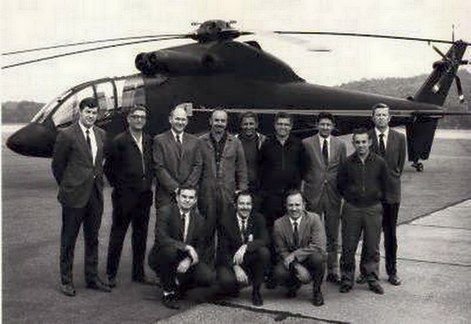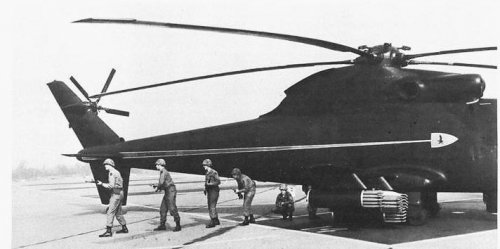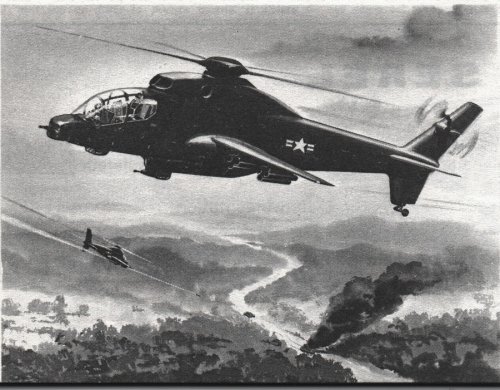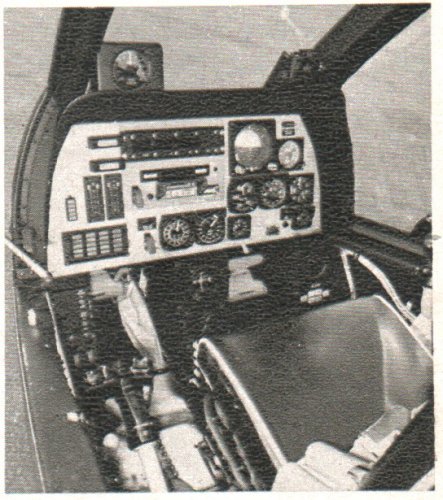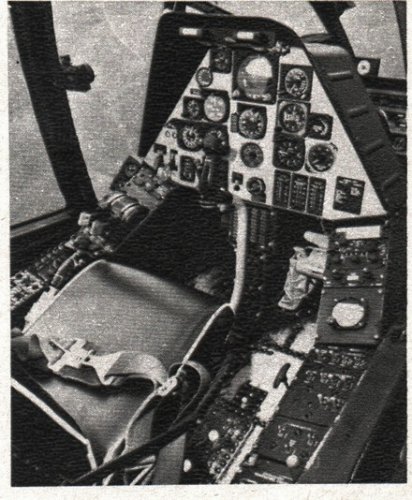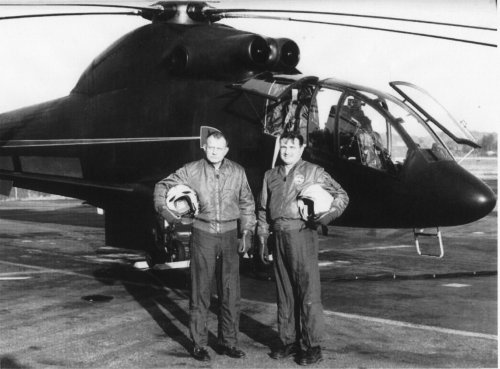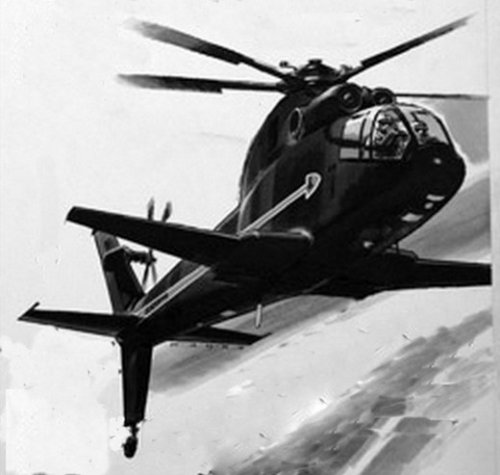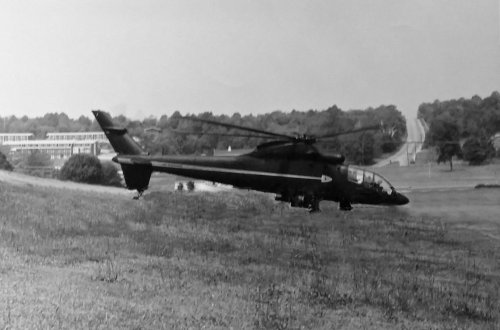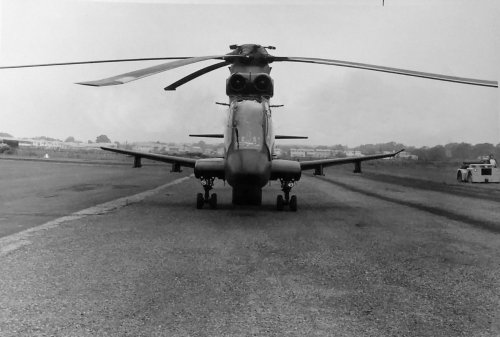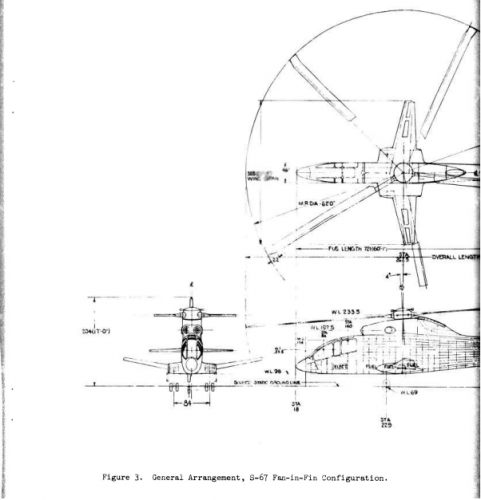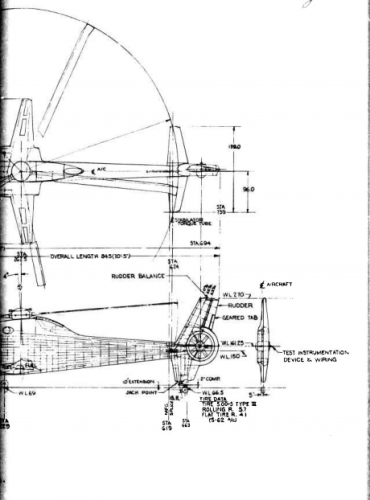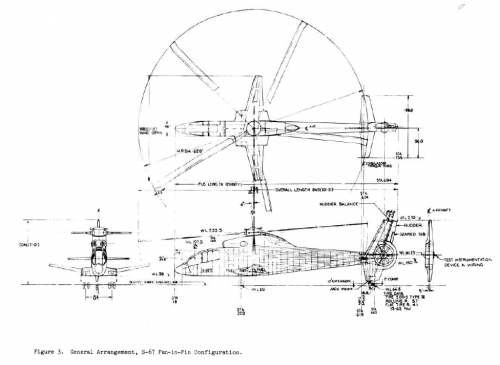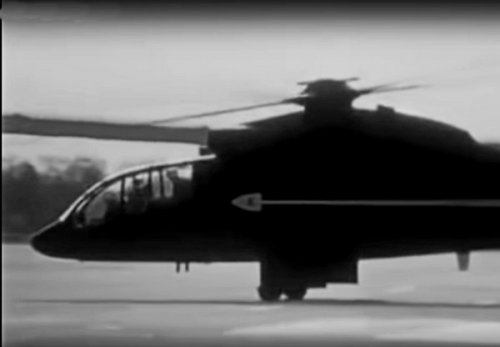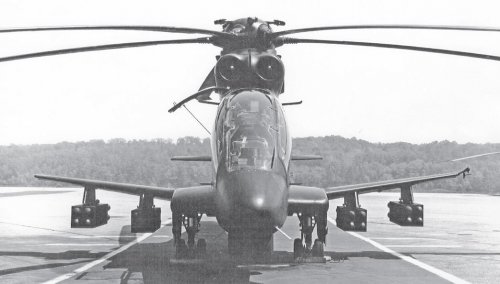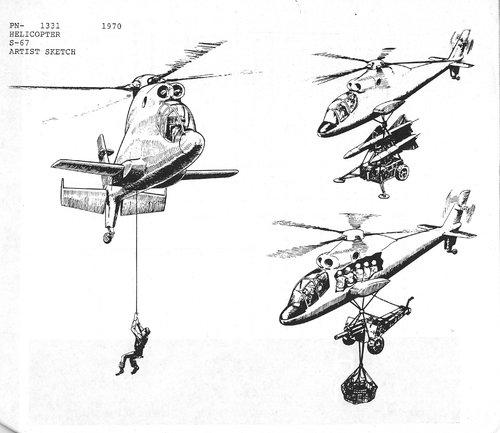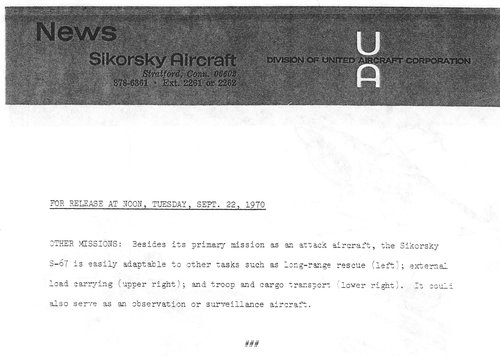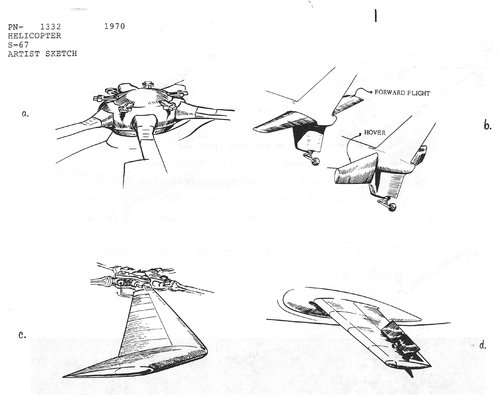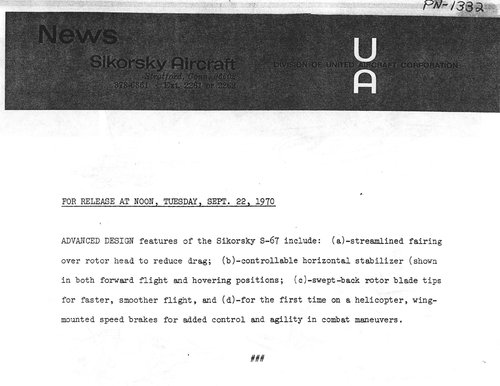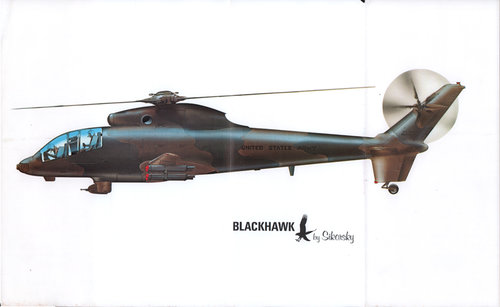You are using an out of date browser. It may not display this or other websites correctly.
You should upgrade or use an alternative browser.
You should upgrade or use an alternative browser.
Sikorsky S-67 Blackhawk
- Thread starter Hanse
- Start date
stimpy75
Happy Happy,Joy Joy
- Joined
- 23 August 2007
- Messages
- 188
- Reaction score
- 325
I found some pics of the Blackhawk which haven`t been posted here
i hope it`s ok when i share them,found them on pinterest
i hope it`s ok when i share them,found them on pinterest
Attachments
stimpy75
Happy Happy,Joy Joy
- Joined
- 23 August 2007
- Messages
- 188
- Reaction score
- 325
....and some more
and the source
https://tr.pinterest.com/kavzn/helicopter-s-67/
and the source
https://tr.pinterest.com/kavzn/helicopter-s-67/
Attachments
- Joined
- 21 May 2006
- Messages
- 2,979
- Reaction score
- 2,234
- Joined
- 26 May 2006
- Messages
- 34,796
- Reaction score
- 15,680
- Joined
- 26 May 2006
- Messages
- 34,796
- Reaction score
- 15,680
CJGibson said:
Amazing,thank you my dear.
Me.
[/QUOTE
Was there an intention to develop a variant with a fenestron as this line drawing seems to indicate?Hi,
I found this report about S-67 with fan in tail,with a 3-view to it,who can collect the pieces ?.
- Joined
- 26 May 2006
- Messages
- 34,796
- Reaction score
- 15,680
Was there an intention to develop a variant with a fenestron as this line drawing seems to indicate?
I think not John.
- Joined
- 18 October 2006
- Messages
- 4,203
- Reaction score
- 4,880
Sikorsky did investigate the fenstron tail rotor (post #84,#86), however I do not recall if they actually flew the modification. Regardless they never went forward with the idea toward production as their primary target customer was very conservative with what made a "proper" helicopter. In fact, I would venture a guess that it was tested after it was clear that Sikorsky was not going to sell S-67. Anyone know if it actually flew?
apparition13
I really should change my personal text
- Joined
- 27 January 2017
- Messages
- 604
- Reaction score
- 1,099
Post 82 is a photo of it hovering. Post 83 links to a very short youtube vid of it in flight.Sikorsky did investigate the fenstron tail rotor (post #84,#86), however I do not recall if they actually flew the modification. Regardless they never went forward with the idea toward production as their primary target customer was very conservative with what made a "proper" helicopter. In fact, I would venture a guess that it was tested after it was clear that Sikorsky was not going to sell S-67. Anyone know if it actually flew?
It was headed to Israel after the show in Cranfield England. I worked for Sikorskyat the time.Thanks Sferrin, I had not seen that video in a long time. That was the first helicopter I wanted to fly. Given the success of the Mi-24 around the world I can only wonder at how well the S-67 would have done. As to the troops, like the Mi-24 there is a troop door near the windows in back, on the starboard side I believe. Sikorsky never really promoted the point as the US Army at that point was very much focused on the anti-tank mission for helicopters.
I have heard that the Israeli's were considering the aircraft until it crashed and the economics of a start up came to roost. Any one know if that was true?
- Joined
- 24 November 2008
- Messages
- 1,547
- Reaction score
- 2,600
Article by Vertical Mag:
https://verticalmag.com/features/the-original-blackhawk-the-sikorsky-s-67/
"...During 1974, Sikorsky received a contract from the Eustis Directorate, Army Air Mobility Research and Development Laboratory in Fort Eustis, Virginia, to replace the tail rotor with a modified fan-in-fin concept, manufactured by Hamilton-Standard Company. Installation of the variable pitch, ducted, directional control fan was expected to result in greater reliability, with reduced maintenance. Flight tests included a dive of 230 mph (370 km/h), but after they were completed, the modified tail rotor was changed back to the conventional tail rotor..."
https://verticalmag.com/features/the-original-blackhawk-the-sikorsky-s-67/
"...During 1974, Sikorsky received a contract from the Eustis Directorate, Army Air Mobility Research and Development Laboratory in Fort Eustis, Virginia, to replace the tail rotor with a modified fan-in-fin concept, manufactured by Hamilton-Standard Company. Installation of the variable pitch, ducted, directional control fan was expected to result in greater reliability, with reduced maintenance. Flight tests included a dive of 230 mph (370 km/h), but after they were completed, the modified tail rotor was changed back to the conventional tail rotor..."
That is accurate. The fenestron was a French concept and did end up on a Aerospatiale Production helicopter. The S-67 was returned to its conventional configuration which it was in when it crashed.Article by Vertical Mag:
https://verticalmag.com/features/the-original-blackhawk-the-sikorsky-s-67/
"...During 1974, Sikorsky received a contract from the Eustis Directorate, Army Air Mobility Research and Development Laboratory in Fort Eustis, Virginia, to replace the tail rotor with a modified fan-in-fin concept, manufactured by Hamilton-Standard Company. Installation of the variable pitch, ducted, directional control fan was expected to result in greater reliability, with reduced maintenance. Flight tests included a dive of 230 mph (370 km/h), but after they were completed, the modified tail rotor was changed back to the conventional tail rotor..."
That is accurate. The fenestron was a French concept and did end up on a Aerospatiale Production helicopter. The S-67 was returned to its conventional configuration which it was in when it crashed.Article by Vertical Mag:
https://verticalmag.com/features/the-original-blackhawk-the-sikorsky-s-67/
"...During 1974, Sikorsky received a contract from the Eustis Directorate, Army Air Mobility Research and Development Laboratory in Fort Eustis, Virginia, to replace the tail rotor with a modified fan-in-fin concept, manufactured by Hamilton-Standard Company. Installation of the variable pitch, ducted, directional control fan was expected to result in greater reliability, with reduced maintenance. Flight tests included a dive of 230 mph (370 km/h), but after they were completed, the modified tail rotor was changed back to the conventional tail rotor..."
The concept of the fenestron was actually first patented by a Scottish Firm G & J Weir, see below:

Fenestron - Wikipedia
Thank you for the correction. I knew its first production use was in France. The article confirms that:”It was first developed for use on an operational rotorcraft by the French company Sud Aviation (now part of Airbus Helicopters), being first adopted upon the Aérospatiale Gazelle.” I saw it fly on the S-67.That is accurate. The fenestron was a French concept and did end up on a Aerospatiale Production helicopter. The S-67 was returned to its conventional configuration which it was in when it crashed.Article by Vertical Mag:
https://verticalmag.com/features/the-original-blackhawk-the-sikorsky-s-67/
"...During 1974, Sikorsky received a contract from the Eustis Directorate, Army Air Mobility Research and Development Laboratory in Fort Eustis, Virginia, to replace the tail rotor with a modified fan-in-fin concept, manufactured by Hamilton-Standard Company. Installation of the variable pitch, ducted, directional control fan was expected to result in greater reliability, with reduced maintenance. Flight tests included a dive of 230 mph (370 km/h), but after they were completed, the modified tail rotor was changed back to the conventional tail rotor..."
The concept of the fenestron was actually first patented by a Scottish Firm G & J Weir, see below:

Fenestron - Wikipedia
en.wikipedia.org
Without the fenestron.Anyhow before it’s tragic end at Farnborough Airshow it spent time at RAF Woodbridge and nearby Beccles Heliport (now airfield).
View attachment 643711
The day of the visit at LGMG (Megara AB of Hellenic Army Aviation) was the 9th November 1972mil said:who knows why the operations undertaken S-67 in Greece
Judging the linked page, it was a demonstration tour during in Megara/Greece in 1971 to 72, using the S-67
N671SA, that later crashed in September 1974 in Farnborough.
Yes. NOE means Nap of the Earth.Nap Of (the) Earth (i.e. super-low flying)?
- Joined
- 9 October 2009
- Messages
- 21,928
- Reaction score
- 13,537
So far this seems to have avoided the Great DTIC Purges:
- Joined
- 9 October 2009
- Messages
- 21,928
- Reaction score
- 13,537
From the comments section of the article below:

 verticalmag.com
verticalmag.com
Ronald D Audettesays:
October 31, 2020 at 3:49 pm
I was a “test and development technician” at the Stratford plant in the early 1970’s and worked on the blades, rotor, shaft and transmission development for this helicopter. Just wanted to add one important design it incorporated. “Stealth”. When it flew by all of us on the tarmac at the plant it demonstrated it’s ability to get on target without being heard until it was already passing by. The sound was several seconds behind the helicopter which made it able to “hit and run” before the enemy could target it. I was quite impressed and proud of being part of it’s performance as it did hold the world record many years for speed at various configurations, straight, dive, etc.

The Original Blackhawk: the Sikorsky S-67
The Sikorsky S-67 helicopter gunship was the first to carry the Blackhawk name, but it made its mark as a record-breaking attack helicopter.
This is my Sikorsky S-67 Blackhawk Group on FACEBOOK:
 www.facebook.com
www.facebook.com
Log into Facebook
Log into Facebook to start sharing and connecting with your friends, family, and people you know.
 www.facebook.com
www.facebook.com
Similar threads
-
-
-
Sikorsky S-68 Advanced Aerial Reconnaissance Vehicle (AARV)
- Started by Antonio
- Replies: 24
-
-
Sikorsky high-speed rotorcraft studies
- Started by flateric
- Replies: 16


